Mainboard Details
Removing the heatsinks is easy, leaving the mainboard exposed to my camera. The black six-layer PCB is an eye candy, and according to Asus, the power pins of the EPS connectors can handle up to 10A. There are two PCIe x16 slots supporting PCIe 5.0 x16 and PCIe 3.0 x4, respectively. The first is supported by the CPU, and the second by the chipset. There are also two PCIe 3.0 x1 slots through the chipset. The main PCIe slot uses stainless steel to be more rigid.
The pair of heatsinks that cool down the CPU’s VRMs.
To get the number of power phases, you only have to count the chokes; this mainboard has fifteen (15x). We have 12 phases in total for the CPU, one for VCCGT (processor graphics) and two for VCCAUX (auxiliary voltage). Twelve DrMOS by Alpha Semiconductor with model number BGNO (AOZ5316NQI) can handle up to 55A each. These combine high-side and low-side FETs and driver ICs, into a single package. The CPU’s max amperage reaches 660A, so it won’t have a problem supporting high-end Intel CPUs. I also found a single Vishay SiC623 60A DrMOS chip handling the VCCAUX power circuit. The black polymer caps have a 5,000h lifetime at 105ºC, so they are extremely reliable.
The Digi+ EPU controller (ASP2100) handles the mainboard’s VRMs. It uses a teamed setup without phase doublers, where one signal drives a pair of FETs.
The super I/O IC is a Nuvoton NCT67798D. This single chip integrates multiple legacy I/O functions, such as serial and parallel ports, keyboard and mouse interfaces, floppy disk controllers, and voltage and temperature monitoring. The main purpose of a Super I/O IC is to reduce the number of components and simplify the motherboard’s design while also improving system performance and reducing cost. A Super I/O IC can also support modern interfaces, such as USB and SATA, and provide improved power management functions like hardware monitoring and fan control.
A Realtek RTS5423 USB3.2 GEN2X1 4-port hub.
The 2.5 Gbit Ethernet controller is a Realtek RTL8125BG(S)-CG.
The audio codec is a Realtek ALC897. They should use the more advanced ALC4080.
An Intel AX201 card provides Wi-Fi and Bluetooth communications.



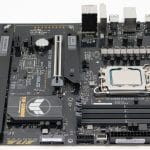
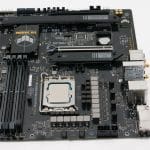
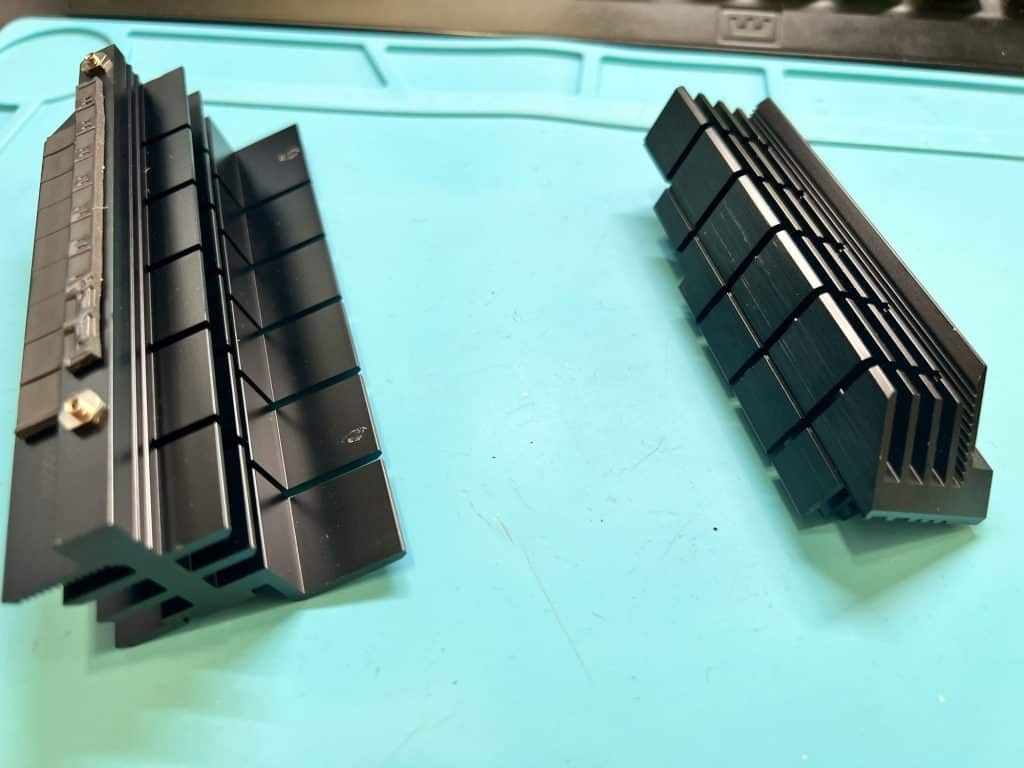

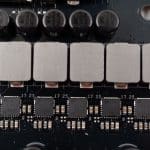

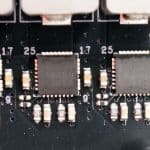

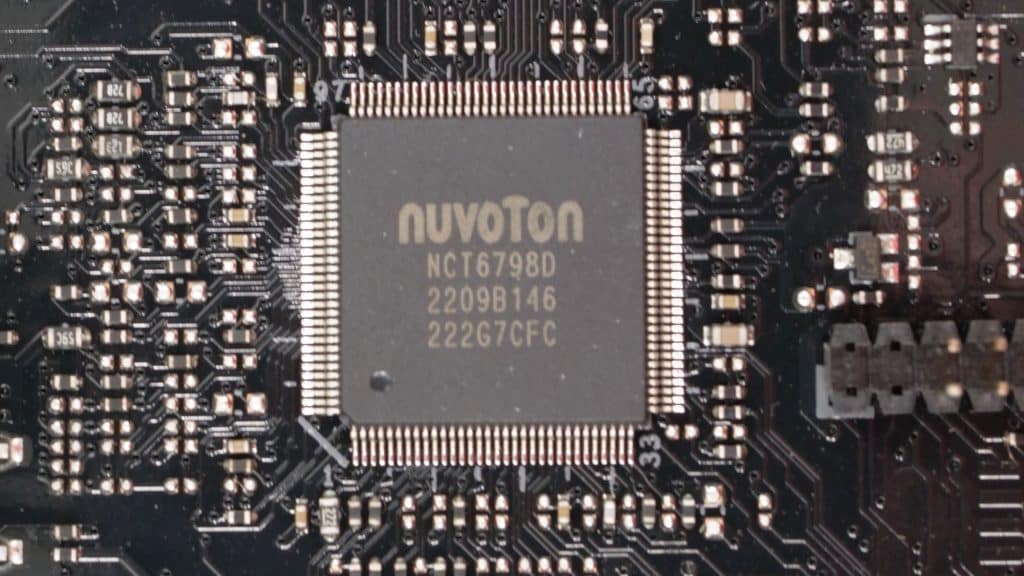
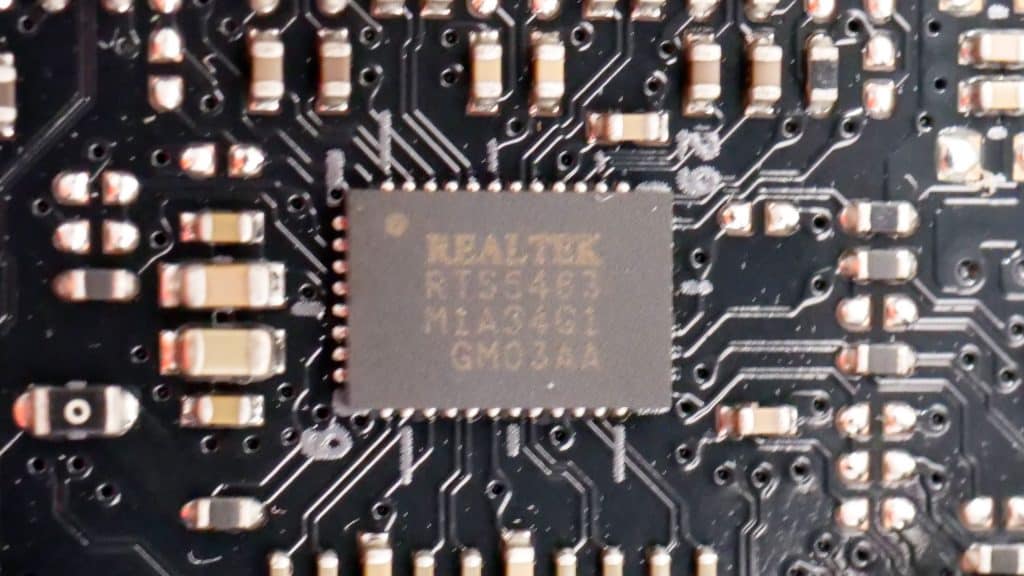
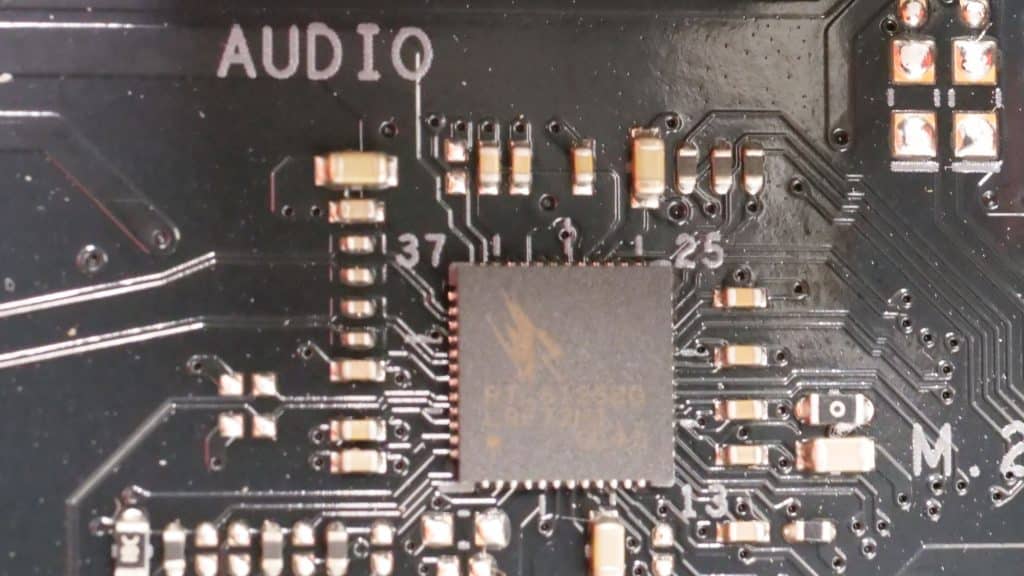
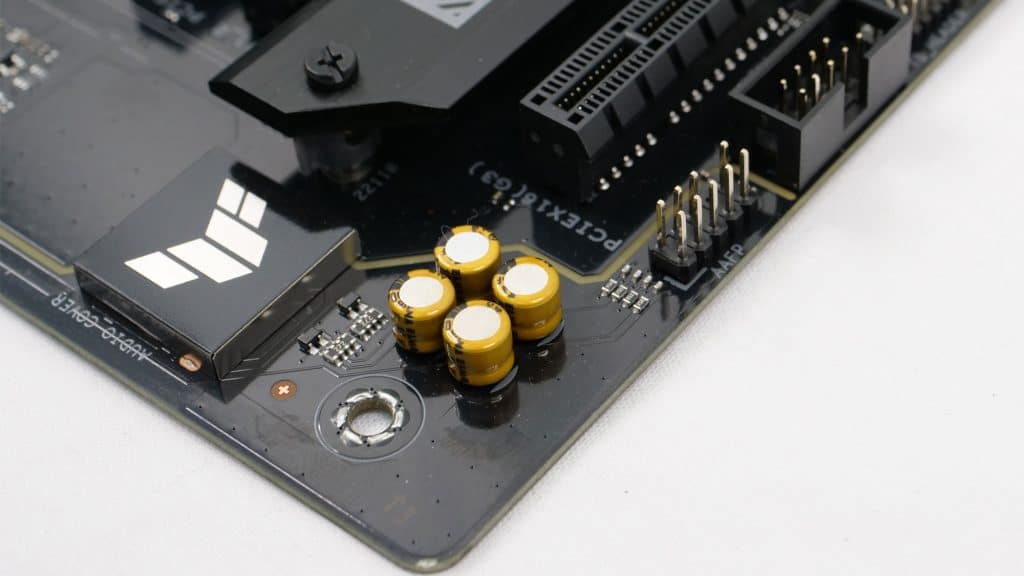
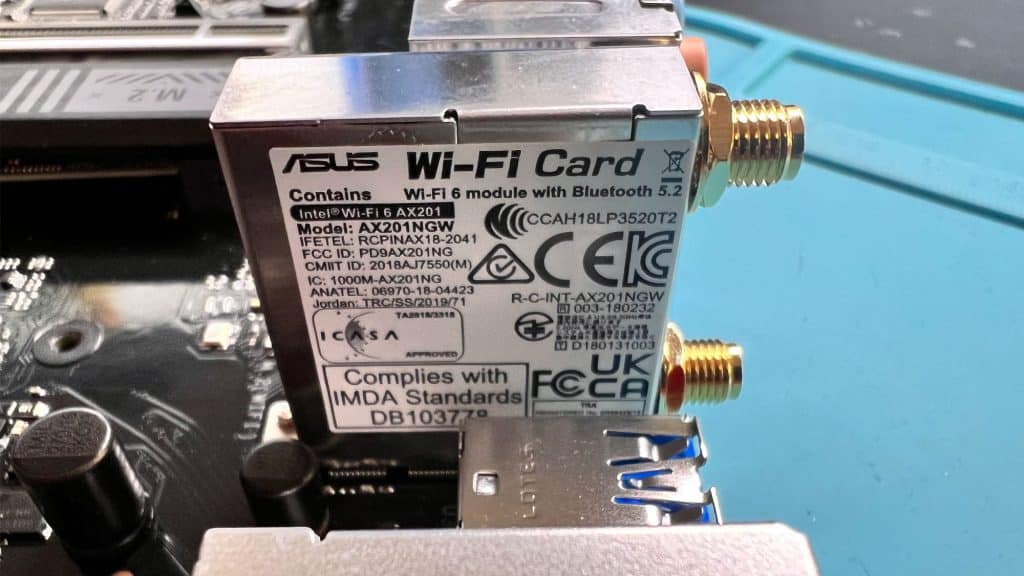


Sorry, but those numbers cannot be correct. B760 has no OC, enforced power limits, thus 241W to the CPU for a max of 56 seconds.
That would explain the VRM and CPU temps, because with that VRM, that cooler, and 350+W into the CPU, the VRM and CPU temps would not be that low even on Mars.
I have powenetics measuring CPU power consumption in real-time, throughout all tests. In gaming, the PSU doesn’t have to go full power, while in apps the difference is 10%! So the numbers are correct, yes.